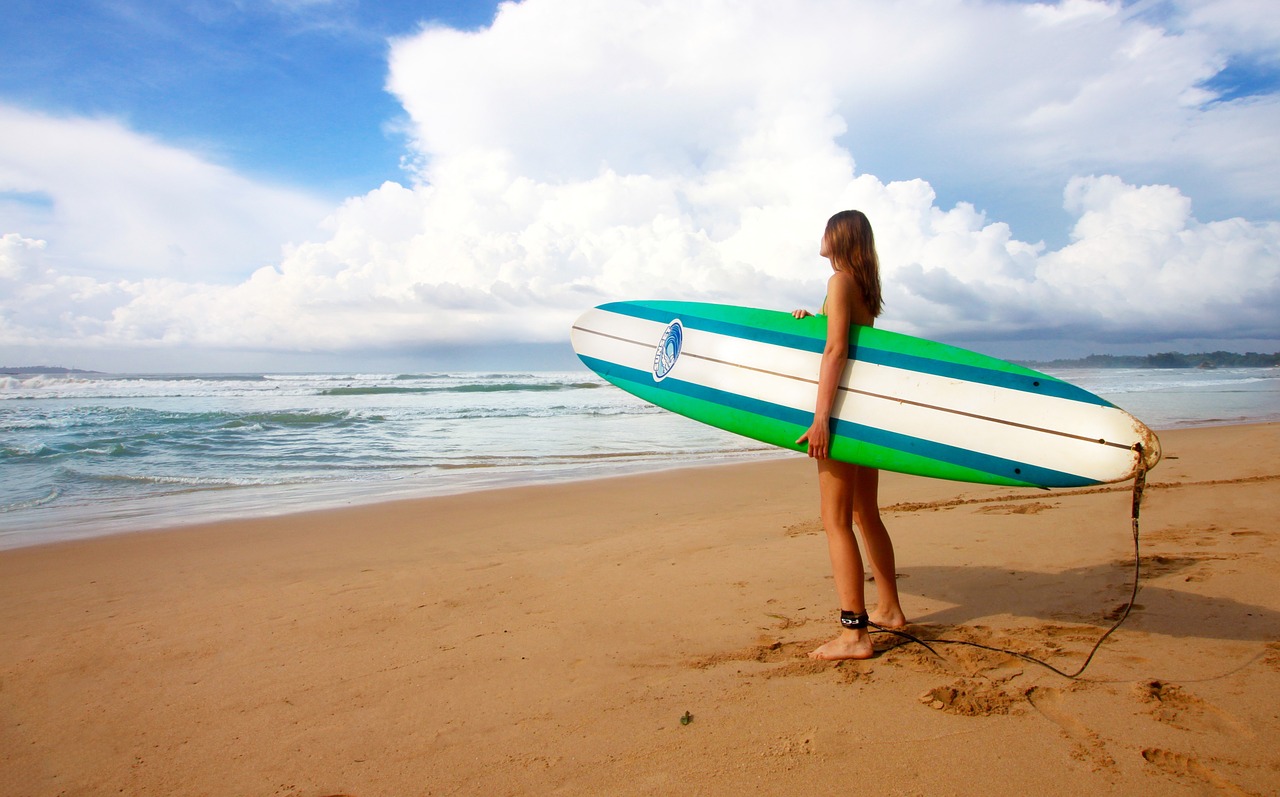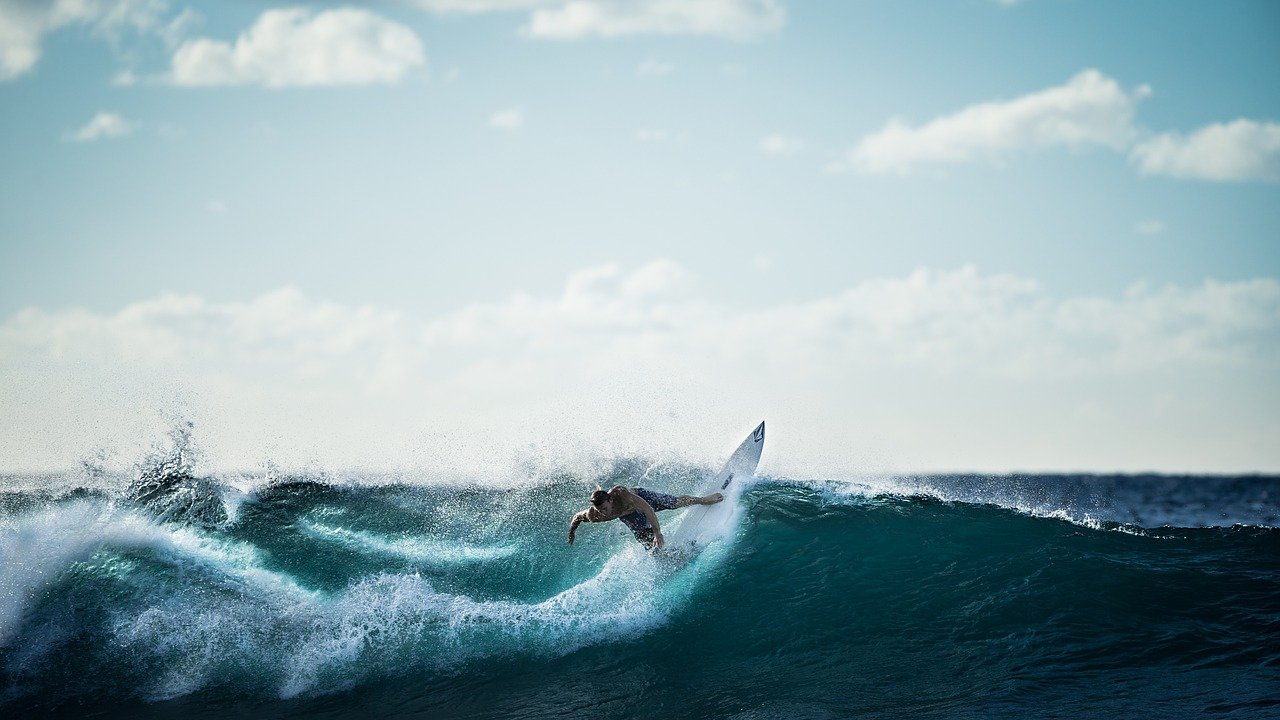A Beginners Guide to Buying a Surfboard

One of the first steps to mastering a new skill is having the right equipment. The same thing applies to surfing; you need the right surfboard if you are learning how to surf without hurting yourself. When you want to choose a surf body, some things to consider are your weight, height, and level of experience. You also need to think about the type of board; size, ride, fin configuration, and other details like design, color, brand, etc. Surfers are placed into four groups based on their level of experience.
Picking the Right Surf Board
Let’s start with the experience levels in surfing :
1. Novice : You’re a novice if you absolutely no previous experience with surfing. Beginner : You’re a beginner if you’ve had some experience with surfing, can ride small waves, and you’re learning to stand up.
2. Intermediate : You’re an intermediate if you have more than basic experience, can perform simple maneuvers and can maintain balance while standing on a surfboard.
3. Professional : You’re a professional if you can ride big waves for long, have an excellent balance and you can execute complex maneuvers.
Types of Surfboards for You

Having a variety of surfboards to choose from can be daunting, so here is a list of the types of surfboards to help narrow down the options.
Fish Boards
These are the rounder, thicker versions of the shortboards, often within the ranges of 5′ to about 6’11”. These boards are well suited for taking shorter and quicker surfs than a regular shortboard and allow for catching small or weak waves.
Malibu Boards or Funboards
Measuring about 7′ to 8’6″, funboards offer more control to the surfer to do more than just cruise the waves. These boards allow you to catch small waves and are ideal for the beginner surfer. With a funboard, surfers can spruce things up by adding some light maneuvers while catching small waves.
Gun Boards
These 6’6″ boards are best suited for professionals and intermediate surfers who crave the thrill of great speed and large, and strong waves.
Shortboards
These boards, usually measuring from 4’8 inches to around 6’6″, are excellent for more than just their impeccable maneuverability. Due to its narrow build, it offers clean cuts through the water, sweet balance, great speed, and it paves the way for clean left/ right steers. Although the benefits are great, they are certainly not for novice/beginner surfers.
Longboards
Typically over 7’6″, longboards are excellent for stability and cruise control on the water. Originally designed for royalty, these boards offer more buoyancy, balance, moderate speed, and easy surf, and allow you to catch waves with ease. However, due to their heavier weight, it is hard for longboards to be used for any kind of aerial maneuvers.

The Verdict
As a rule of thumb, new surfers should go for beginner surfboards because they are lighter, more buoyant, enable speed, offer more balance, and better flotation. For intermediate surfers, the ideal surfboards should be at least 5″ higher. The right surfboards from Akewatu will give you more control over the process and reduces the chances of a nosedive.
